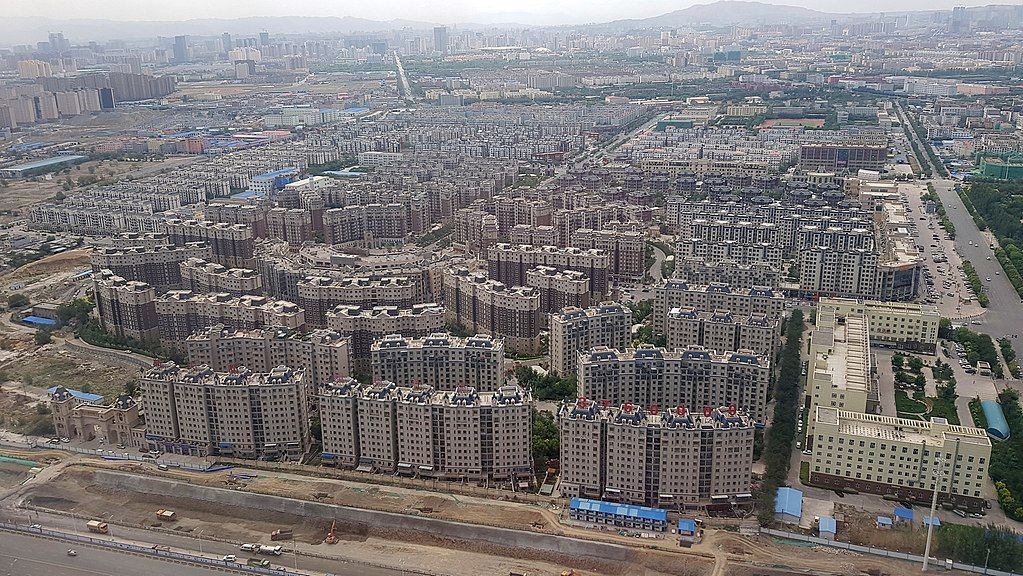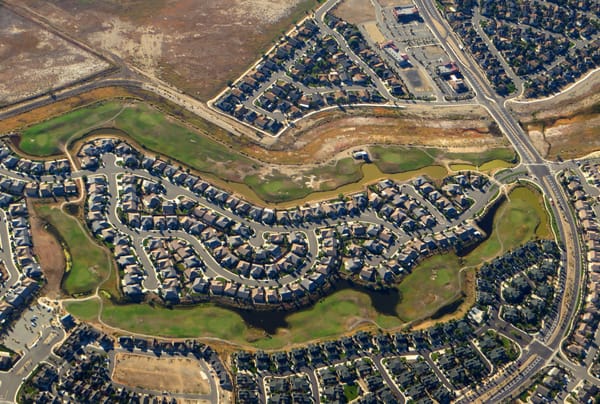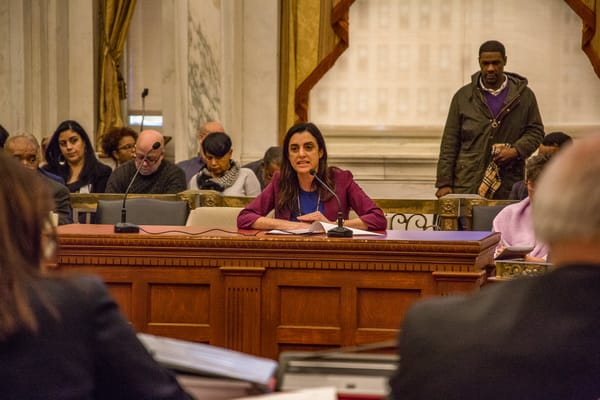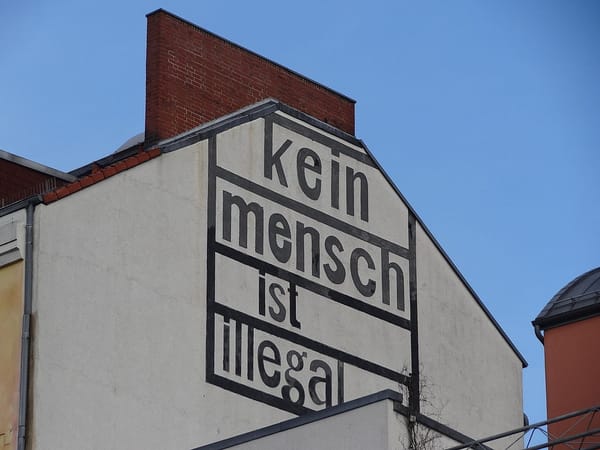Uyghurs: A History of Oppression

Concentration camps, re-education centers, destruction of cultural and historical institutions, and a repressive state apparatus going after religious believers; this is not a description of a fictional dystopia, but rather of the situation millions of people within Xinjiang face today. One might think that this struggle is limited to Xinjiang alone, but as the news demonstrates, the scope of the anti-Uyghur campaign has quickly grown to be a global affair both in terms of repression going beyond the borders of Xinjiang and the complicit behavior of Western multinational corporations using the forced labour of those in Xinjiang for their benefit.
Xinjiang (literal translation: “new territory”), an area of China located far to the northwest of the Country, has become a well-known subject that observers of international affairs and human rights advocates are paying more and more attention to; the new attention on the Xinjiang area can be traced back to the recent expansion of Chinese repressive measures to control the Uyghur-majority population. Some of the measures used by the Chinese government in its pursuit of control of Xinjiang have brought comparisons to George Orwell’s book, 1984, by the US Secretary of State, Mike Pompeo. Data leaks and investigative reports have indeed confirmed that this is no exaggeration, and the Chinese government is using drastic and totalitarian measures to control and manage the populace.
The increased international scrutiny of this unfolding atrocity is good, but few are aware of the historical and cultural tensions between the people in Xinjiang and the People’s Republic of China. Why has the Chinese Communist Party pursued a project of cultural homogenization and assimilation within Xinjiang so ruthlessly and relentlessly?
Xinjiang itself is one of the ancient cornerstones of civilization; archeologists have traced human presence in this area back to the Paleolithic era. Many archeological finds such as mummies as the Loulan Beauty and the Cherchen Man are found within this area as a result. These finds have disturbed the Chinese narrative surrounding Xinjiang as PRC officials want to claim that the Xinjiang area has always been a part of Chinese territory. These mummies and archeological finds pose an issue for the party as acknowledging them would entail recognition of the fact that the area was not always under Chinese control; the party would like to maintain a narrative in which the area was always under Chinese control as to ensure that their claims to the region are set in stone; this allows them to pursue neo-colonial actions within the region while being able to claim that this territory was always Chinese.
One of the major things that defined Xinjiang as a geopolitical center in Asia was its position as a key point on the Silk Road; the fact that the steppe people within Xinjiang could mobilize easily and had a variety of products that those in agricultural zones would need. Xinjiang’s position between the steppe zone and the agricultural zones helped ensure that it was at one of the best locations on the Silk Road for trade. Xinjiang’s location helped solidify it as a cultural and geopolitical point in Asia. Historically, this area formed one of the largest population groups within Central Asia.
One of the largest issues that the party faces in the region is the issue of religion. Islam is embedded in the culture of Xinjiang, whether urban or rural, even if there is a varying sense of how seriously the faith practices are treated. Arienne Dwyer argues in The Xinjiang Conflict that the ethnic identity of Uyghurs is closely tied with their religious and linguistic identity. The party considers such religiosity a threat to their rule; hence, the party now considers learning Arabic, praying outside mosques, or giving up smoking or drinking signs of religious radicalism or anti-government sentiment.
One of the reasons the party wants to maintain control of the Xinjiang territory is due to the mass amount of raw material available in the area; for the party, Xinjiang is full of minerals and oil that has yet to be exploited. The presence of unextracted minerals and energy resources in Xinjiang are viewed as an opportunity to ensure that the Chinese economy is secure. Xi views the Xinjiang province as being a key part of the “New Silk Road” that the PRC wishes to build across Europe and Central Asia. Unfortunately, this logic has led to overexploitation of natural resources (a fact noted by Beijing officials themselves). The Xinjiang Production and Construction Corps is the vanguard of the neo-colonial project in the region; their project of modernization and development is intrinsically tied together with the colonization and oppression of the region.
This policy of Chinese monoculturalism is being pursued in response to what the CCP sees as its failed project of cultural liberalization in the 1980s. Chinese population transfers and changes in language policy are examples of how the party attempts to enforce its Chinese monoculturalist agenda. The data shows that one can see the surge of Han Chinese within the area from 300,000 Han Chinese in 1953 to around 6 million Han Chinese in 1990. This monoculturalist policy, rather than reducing tensions within Xinjiang, have only accelerated the numbers of those dissatisfied with the rule of the CCP in Xinjiang. Terrorist groups like the Turkistan Islamic Party use the discontent with party rule to increase their recruitment capabilities, thus perpetuating the cycle started by the oppression of the PRC. Their actions in turn are used as an excuse by the Chinese government to clamp down even further on Uyghur Muslims in the region.
These underlying tensions between the party and the people reached a boiling point in 2009. While there were already sources of tension, the clashes of 2009 led to an increasingly actively hostile approach by officials within the Chinese Communist Party. These clashes arose from ethnic tensions between the Han Chinese and the Uyghur populace; a false claim of six Uyghur men raping two Han women led an ethnic clash at a factory (said melee lasted four hours, and involved both sides bludgeoning each other with whatever material they could find), which in turn lead to violent riots between Han and Uyghur people in Urumqi, the capital of the province. The official death toll of these riots was 184 dead, though many Uyghurs argue that the true number of people killed in the clashes is much higher than officially recorded by the central government. After all of these violent events had happened, the party felt unstable in the position they had within the region and began to promote policy of “integration and assimilation” by stripping Uyghurs of their culture and making them conform to Han norms; by doing this, the party believed it was securing its rule in the region and reducing tensions between the Han and Uyghurs.
This history of oppression will likely continue until the regime faces consequences for its actions against the Uyghur people; it is the job of liberals everywhere who stand for the freedom of religious expression and against totalitarian rule to push for international pressure against all of the institutions involved in the oppression of the Uyghur people.
Featured Image is Aerial view of Urumqi, Xinjiang Province, PR China, by Anagoria




